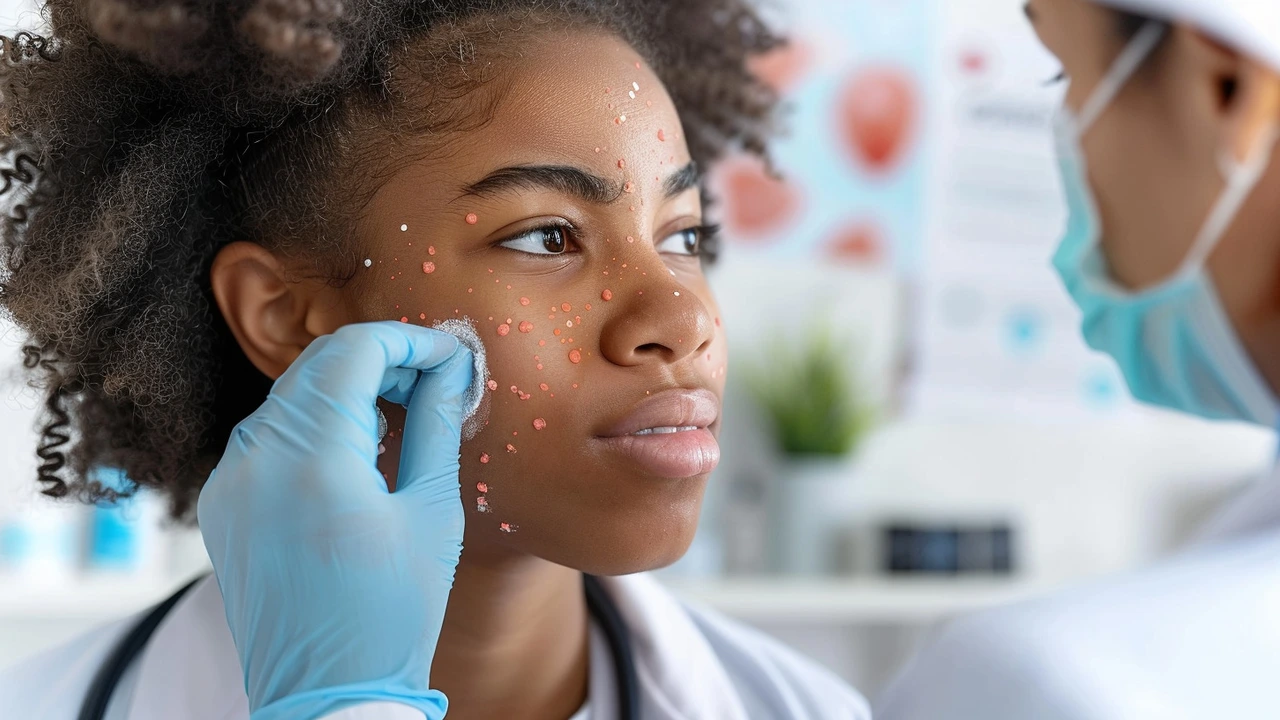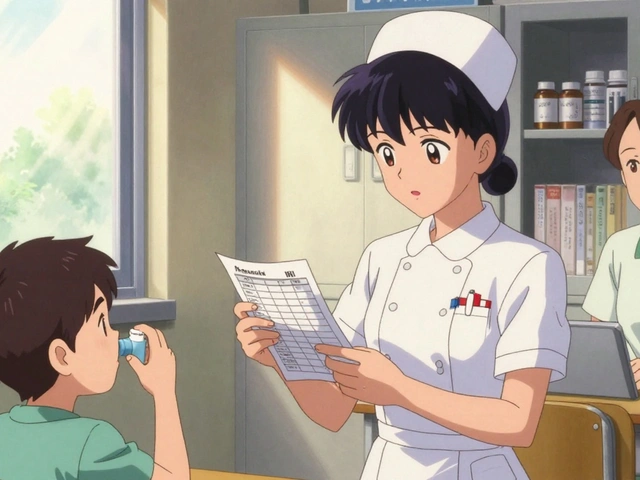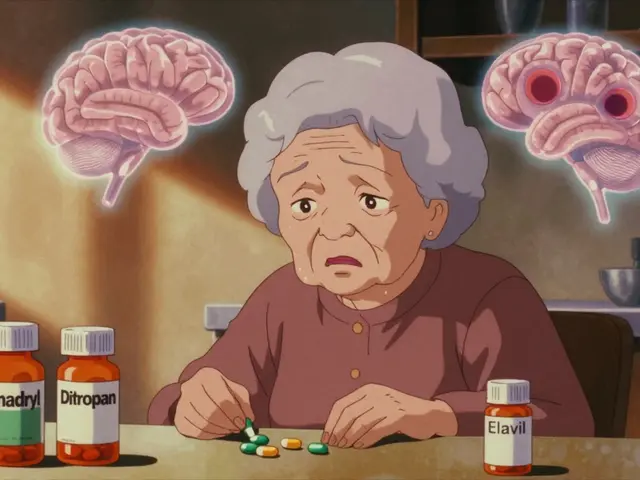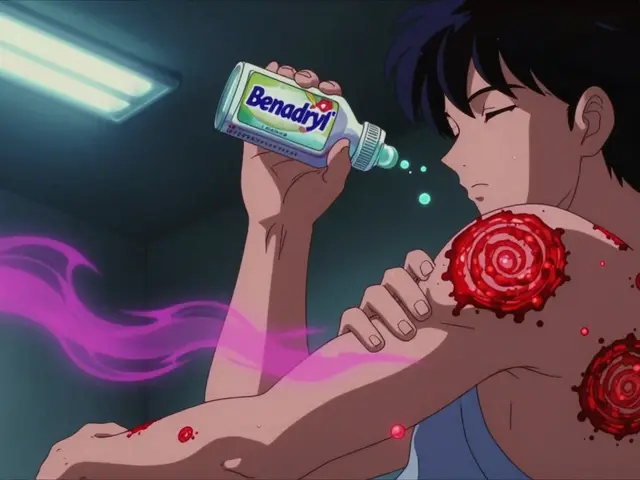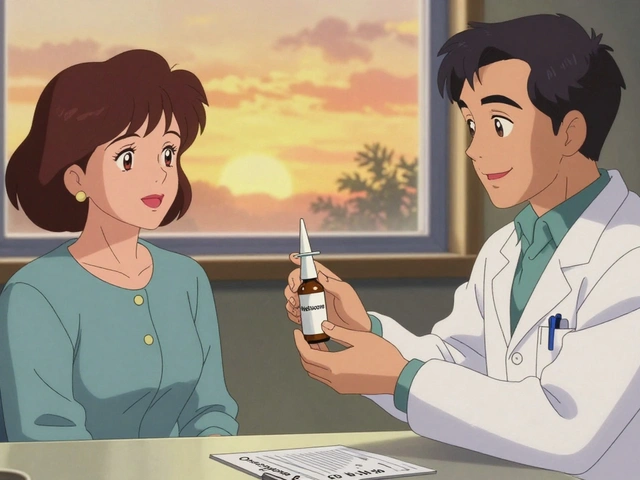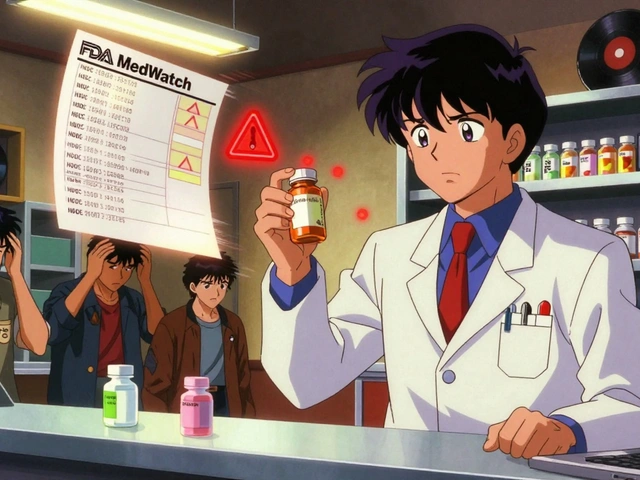Betamethasone for folliculitis — what we covered in May 2024
Got red, itchy bumps around hair follicles? Our May 2024 post explains when betamethasone helps and when it doesn't. You’ll get practical tips on applying the cream, how long to use it, and clear signs you should see a clinician instead.
How betamethasone works and when it helps
Betamethasone is a topical steroid that reduces inflammation and itching fast. If your folliculitis is mostly inflamed — red, swollen, and itchy without obvious pus — a short course of betamethasone can calm the reaction. It’s not an antibiotic or antifungal, so it won’t kill bacteria or yeast. If bumps have pus, growing pain, or you have a fever, those are red flags for infection and steroids alone can make infections worse.
Think of betamethasone as a tool for inflammation. It works well for contact reactions around hair follicles, shaving bumps (pseudofolliculitis), and some immune-related flare-ups. The May article walked through real symptoms that suggest inflammation rather than active infection, so you can pick the right approach.
Safe use, duration, and when to stop
Use a thin layer to cover the affected area once or twice daily, usually for 7–14 days. Short courses are key — prolonged use raises the risk of skin thinning, stretch marks, and lighter skin in treated areas. Avoid applying strong steroids to the face, groin, or armpits unless a doctor says it’s okay; those spots are more sensitive.
If you don’t see improvement in 5–7 days, or things get worse, stop the steroid and contact a healthcare provider. If lesions have yellow crusts, spreading redness, fever, or new painful lumps, you likely need an antibiotic or a different treatment. The May post emphasized checking for these signs early to avoid masking an infection.
Combine care with gentle skin routines: stop irritating products, use mild soap, and keep the area clean and dry. A non-comedogenic moisturizer helps the skin barrier recover after the steroid is stopped. Avoid tight clothing and repeated shaving over the same spot until it heals.
Alternative or complementary options mentioned in May include topical antibiotics (mupirocin or fusidic acid) for bacterial cases, benzoyl peroxide to reduce bacteria, and antifungals if a fungal cause is suspected. For recurrent problems, a doctor may suggest culture swabs to guide targeted treatment.
Final quick tips from the May 2024 guide: follow the prescribed duration, use the lowest effective strength, avoid heavy occlusion (don’t cover the area unless told to), and check back with a clinician if you’re unsure. Betamethasone can be helpful when used correctly, but knowing when it’s the right choice matters more than reaching for any steroid cream first.
